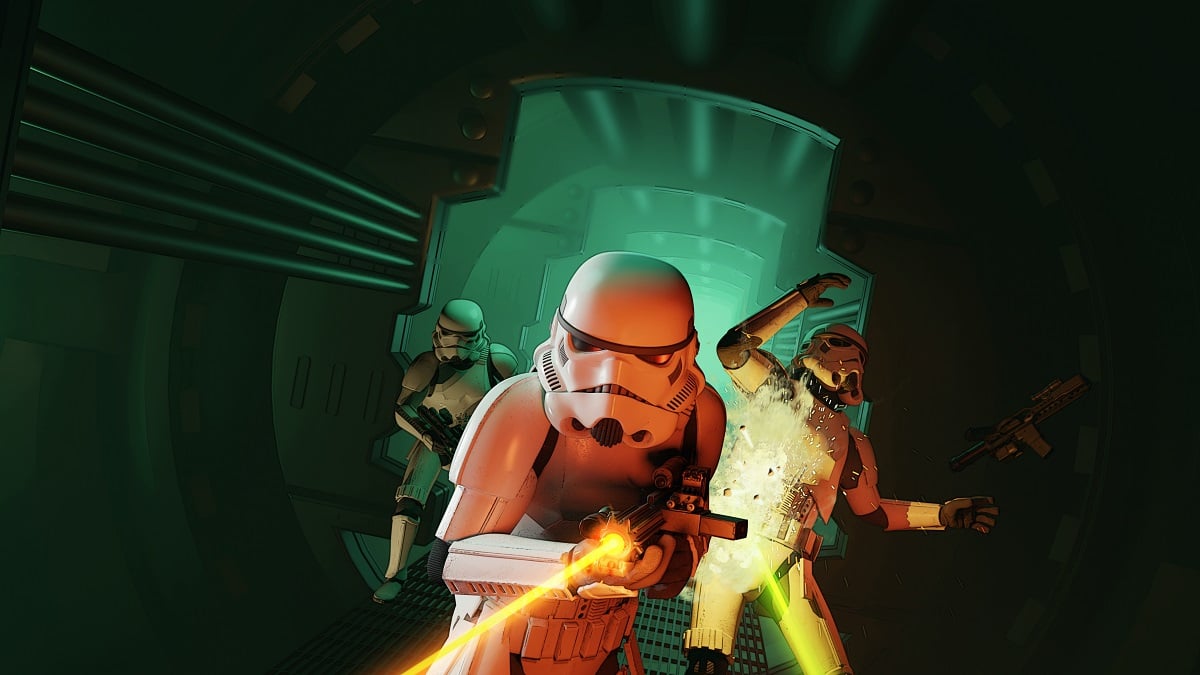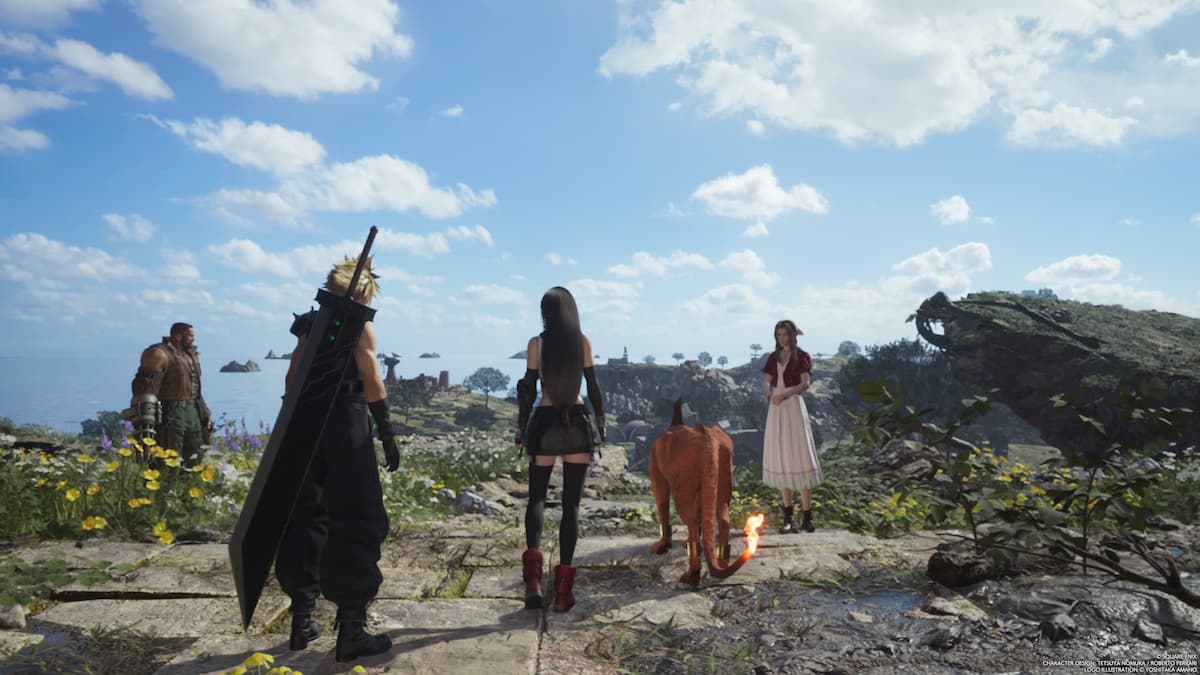
Space oddity
Each morning is a roll of the die. Some days in Citizen Sleeper, I’m down on my luck, struggling to juggle multiple bars that I can top off but will never keep filled. Others, I’m thriving, awash in opportunities to chase whatever my heart desires. Some days I get to chase flights of fancy. Others, I have to pass on social calls just to survive.
Citizen Sleeper is a game that proudly wears its tabletop influences. It’s a mix of storytelling and dice, with every round melding choices with ticking clocks. Social management is the closest I can get to describing it, when really it’s more like social Yahtzee for one, with a GM looming overhead to tell you the story and outcomes of your chosen options. And developer Jump Over The Age is quite good at it.
Citizen Sleeper (PC [reviewed], Mac, Switch, Xbox One, Xbox Series X|S, Game Pass)
Developer: Jump Over The Age
Publisher: Fellow Traveller
Released: May 5, 2022
MSRP: $19.99
To start, sleepers are essentially artificial beings, emulated from the consciousness of another. Like a Replicant, they are sold into corporate servitude, except you have somehow escaped. By some grace, you are a sleeper that’s found their way to Erlin’s Eye, a ring station on the fringes of settled space.
Time is measured in cycles, and for the first few rotations, your time is spent carrying out odd jobs for whoever might need them done. Repairing ships, hacking interfaces, delivering food, and anything else that gets you by. All the while, the meters tick down.

Several forces govern your time and attention. Condition is the state of your artificial body, which is falling apart without the proper medication to avoid a sort-of planned “obsolescence.” Energy is like a life bar and hunger meter wrapped into one, as food and thrill-seeking can replenish it, while physical altercations can deplete it. And then there’s the dice.
Roll the bones
Every morning, you roll a set of dice, determined by the condition of your body. Better condition, more die available. These function as actions, and you slot them into tasks you want to do for the day. The number on the face, alongside your slim but elegant character sheet, informs you how well that task is going to go.
For example, I became a regular at a local bar and befriended the owner. She likes having me around, and needs someone to help keep the place running. If I slot in a six, that’s a 100% guaranteed positive outcome, with plenty of credits going my way to spend on food or supplies. A four or five sees me rolling for a potentially positive or neutral outcome; the latter’s a little less good, but still alright.

Slotting one in means risking a negative outcome. Patrons might get too rowdy. I’ll get paid, but I’ll take some damage too. Failures can range from small, calculated risks to potentially losing a gig. One quest line let me work my way up the ranks on a ship repair crew, but every slip-up was a strike; enough strikes, and I’d be asked to leave for good.
All the while, danger looms overhead. The Essen-Arp corporation, the one who made me, wants me back. Or, in the worst case, wants me gone. Every day, as some clocks tick up, others in red tick down, indicating imminent danger or doom. Citizen Sleeper feels like a fight to survive early on. I never hit a full-on fail state, but at multiple times, it came down to the wire. Cycle after cycle, I toiled and struggled, doing odd jobs and meeting many people who were dealing with the same.
And at some point, I realized something. I wasn’t struggling. At least, not like I used to. The ring station had so many nodes, more than I could’ve imagined when I first landed, but I knew all of them. It’s a gradual, subtle feeling, but it didn’t take long for Erlin’s Eye to feel like home.

Home, home on the Eye
Citizen Sleeper feels like a story about finding home, wherever that might be. The more I worked with characters, the deeper I became woven into their stories. I started revolutions, infiltrated gangs, and hacked substations around the Eye. I saved more than a few local shops, deterred corporate interference, and helped a sweet street vendor perfect his menu.
Characters hail from many different walks of life, but they’ve all found their way to the eye. The beautiful art and engrossing writing really take it the extra mile, allowing characters like Sabine, Lem, and Ankhita to have incredible arcs over several different stories. Some even intertwine and interact, all the way to the endgame.
It’s here where the dice play a crucially interesting role. At first, they are your means of survival, and a good roll means a hard day’s work. But after a while, the dice aren’t life or death. The further acquainted I became with Erlin’s Eye, the better I learned to live there. A core mechanic, when entering a new region, is to simply spend time there. The more I walked its streets and talked with locals, represented by simply slotting in some dice, the more nodes appeared and options opened up.
Before long, I knew the best way to top off my energy, or stave off my deteriorating condition. I went from relying on Essen-Arp’s meds to being completely self-sufficient. A local commune let me stay there and work, and I got an equal share, even if I didn’t chip in a five or a six that day.

The flipside is that the endgame doesn’t have the same rush as other parts do. At some point, Citizen Sleeper starts funneling down and siloing off towards different endings. What’s nice is that I still had some choice in the matter. At several points, I thought I was nearing a credits roll, and then Citizen Sleeper would pull a fast one on me.
It could also use a little extra tuning. Some typos pop up here and there, and in a couple cases, character portraits would appear when they logically shouldn’t. They’re small and don’t detract from the experience, but it’s worth noting.
I also wish the interface was just a tad easier to manipulate and scroll around in. I love being able to spin the eye and observe the size of it, but other times, I’d be working through a standard cycle and have to click through a bunch of different areas, just to check clocks. This really becomes a factor as the regions you can explore expand outward, encompassing massive swathes of the ring. It can at times feel a bit finicky and not as smooth or transparent as the earlier hours. At times I would be hunting across the ring for an action or clock that had popped, or searching around to find the right timer and number of pips left.

Real human being
What Citizen Sleeper achieves in a fairly short hour count, though, is a sci-fi story that sticks. Some stories were good, and others hit me like a bag of bricks. It grapples with meaningful issues of labor, oversight, ownership, sense of self, and much more. Even in subtle, mechanical ways, it comments on the nature of different factions throughout the Eye. It is constantly grappling with selfishness and survival versus shared goals.
Everyone on Erlin’s Eye is trying to get by, and one of my favorite parts of Citizen Sleeper is how it shows that in every die roll and time slot spent. When I eventually decided it was time to depart, it was on my own terms. I still had some lingering mysteries, and some questions remained unanswered. But I found a home somewhere, with people I cared about, and I took it.
The Eye isn’t perfect and, in the end, it wasn’t my home. But it is the place where I discovered a different one. Citizen Sleeper elicits feelings like that incredibly well, while providing a practically catered experience that will stick with me, long after my departure from Erlin’s Eye.


